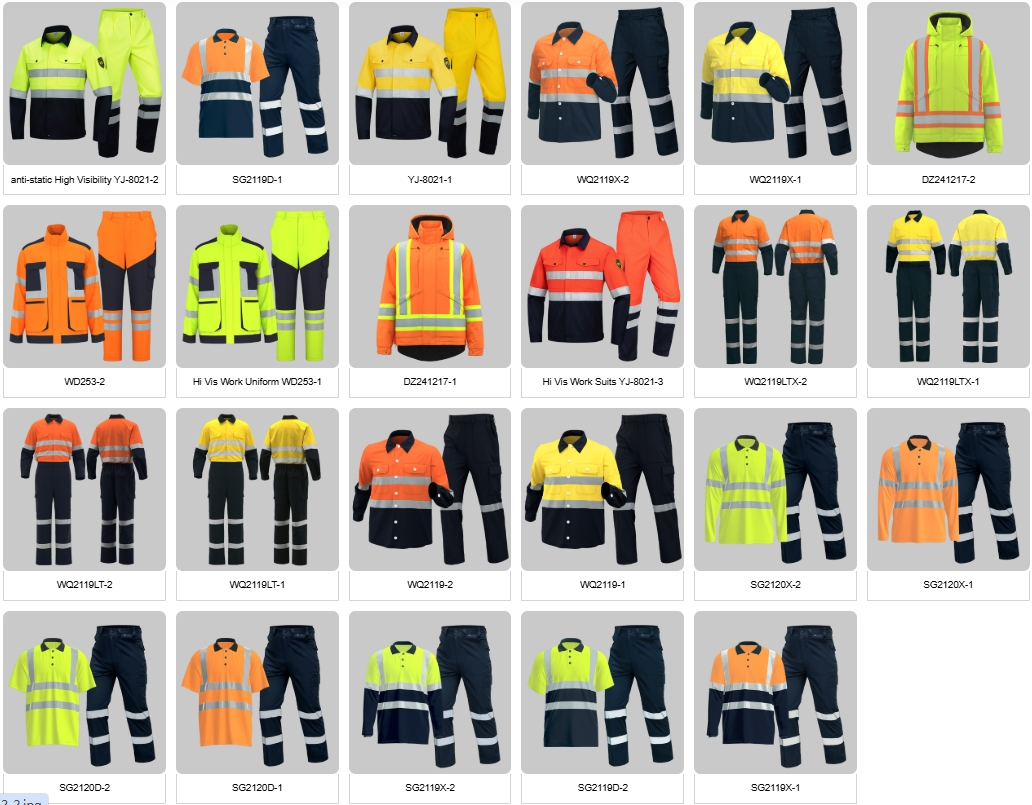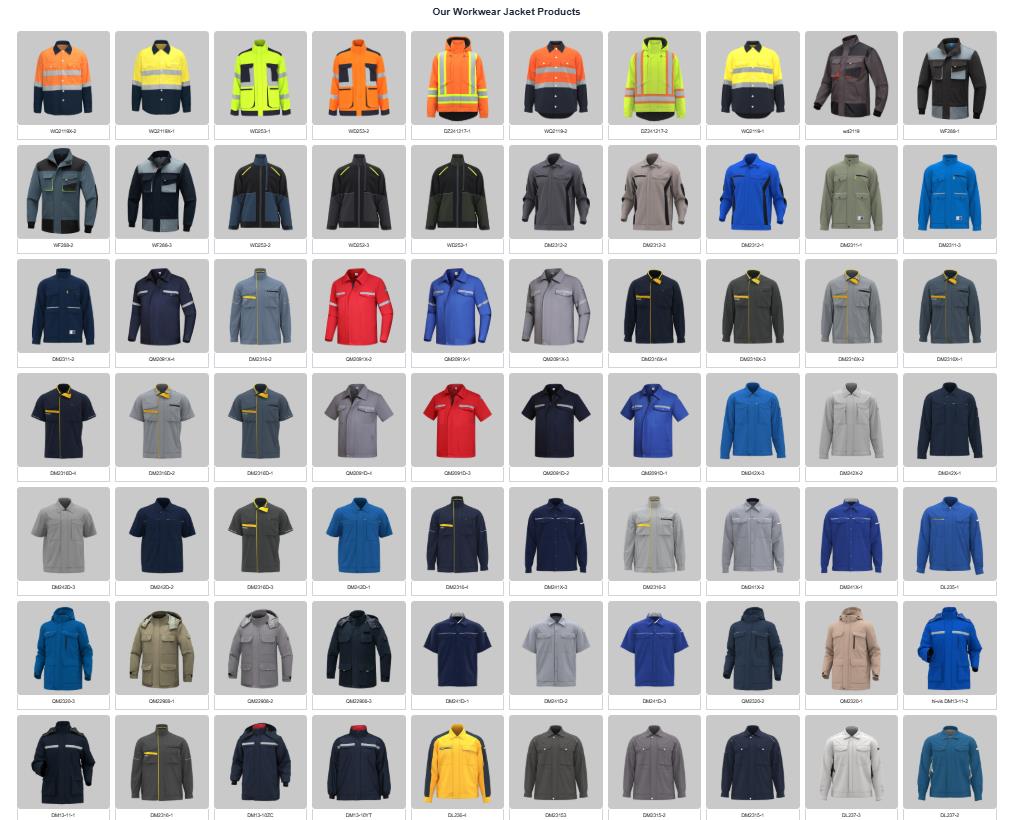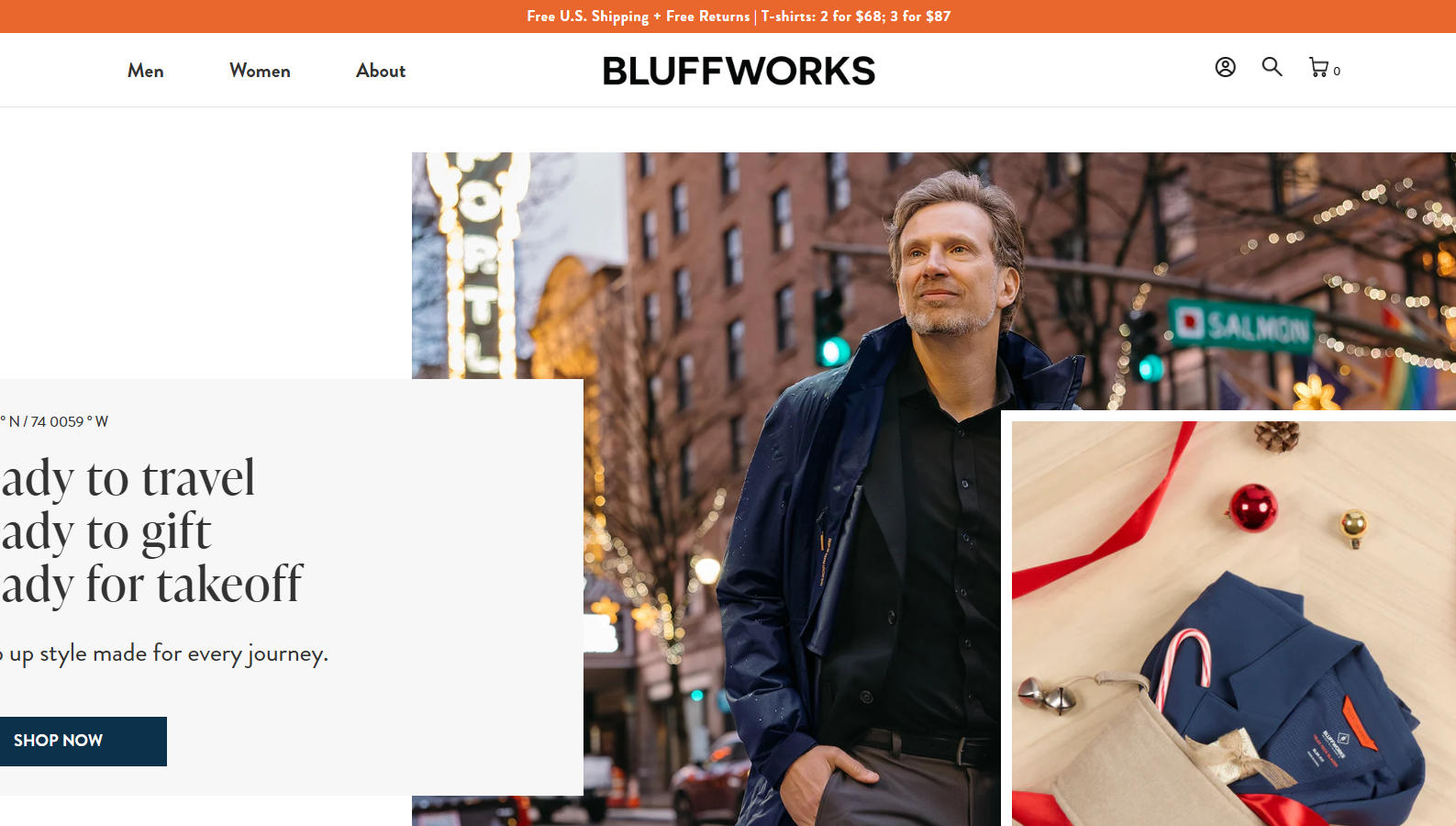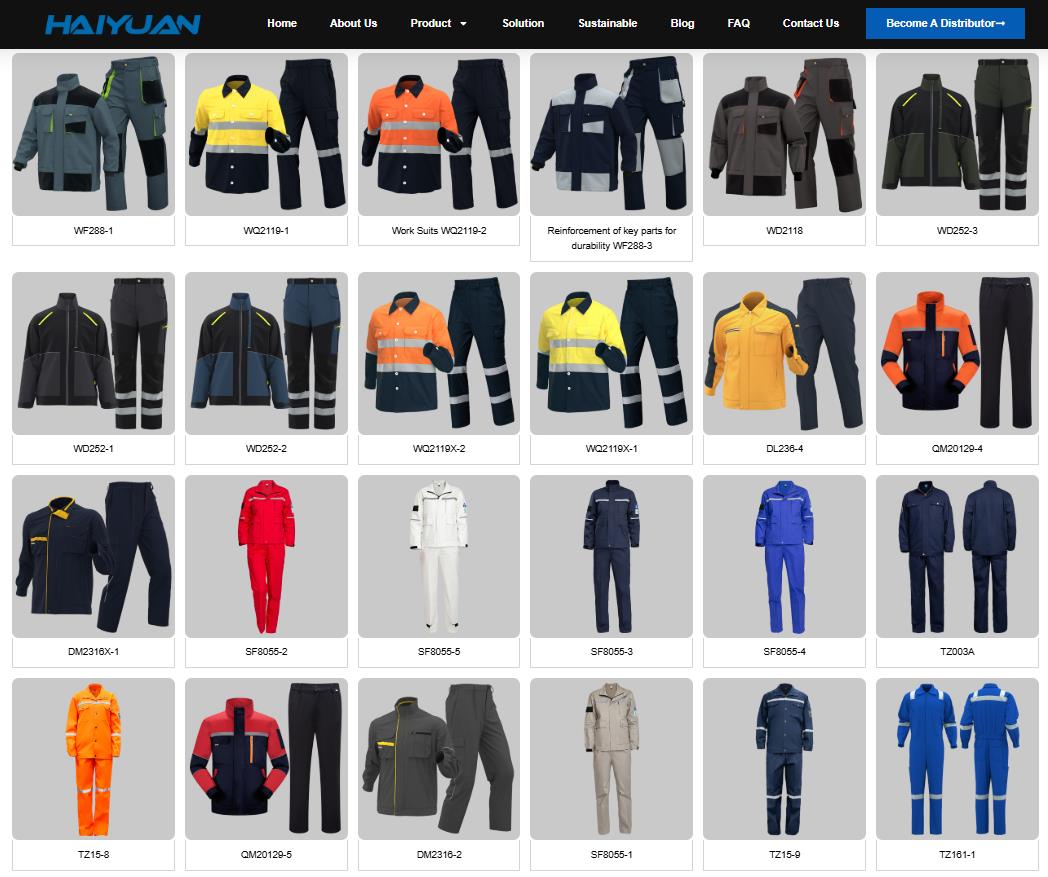The choice between coveralls and suit-style uniforms (jacket + pants) for mechanics depends on work environment, task types, safety requirements, and practicality. Here’s a concise comparison to guide your decision:
Coveralls: Pros & Cons
| Pros | Cons |
|---|---|
| ✅ Full-body protection against oil, grease, solvents, and debris | ❌ Less ventilation – can be hot in warm environments |
| ✅ No gap exposure (e.g., when bending/crawling) | ❌ Inconvenient for bathroom breaks (must fully remove) |
| ✅ Simplified laundry – coveralls management | ❌ Sizing challenges – hard to fit all body types |
| ✅ High-visibility options (ANSI Class 3) for roadside work | ❌ Damage = full replacement (vs. partial for separates) |
Ideal for:
-
Heavy machinery/diesel mechanics
-
Welding or grinding (flame-resistant models)
-
Cold environments or hazardous chemical handling
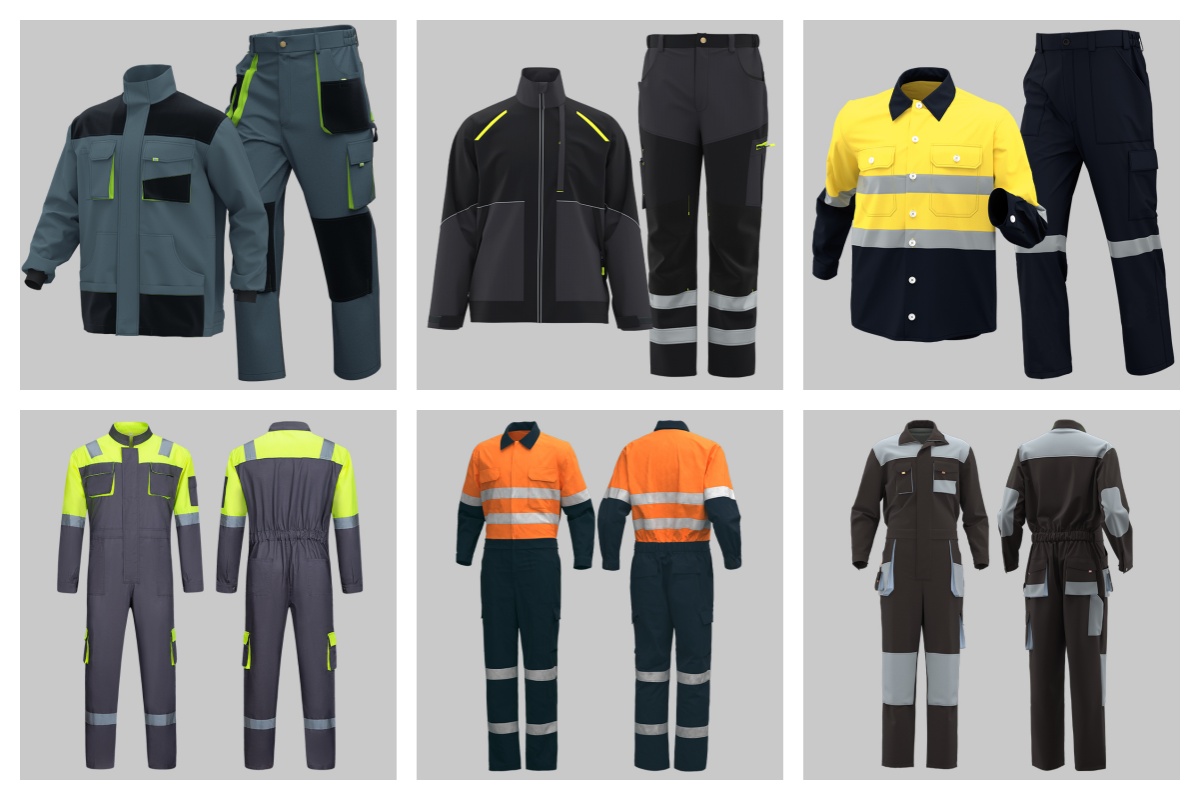
Suit-Style Uniforms (Jacket + Pants): Pros & Cons
| Pros | Cons |
|---|---|
| ✅ Better temperature control – remove jacket when hot | ❌ Gaps at waist – dirt/fluids can seep in |
| ✅ Easier bathroom access | ❌ Less full-body coverage – sleeves may ride up |
| ✅ Mix-and-match sizing for better fit | ❌ More laundry complexity (separate pieces) |
| ✅ Partial replacement – only damaged items need changing | ❌ Limited high-vis coverage (Class 3 harder to achieve) |
Ideal for:
-
Automotive/light-duty mechanics
-
Electronics or diagnostics (cleaner work)
-
Warm climates or shops with temperature swings
Key Decision Factors
-
Safety Compliance:
-
Coveralls: Mandatory for chemical exposure (e.g., NFPA 70E for electric arc protection) or full-body visibility (roadside ANSI Class 3).
-
Suits: Acceptable for general shop work (ANSI Class 2).
-
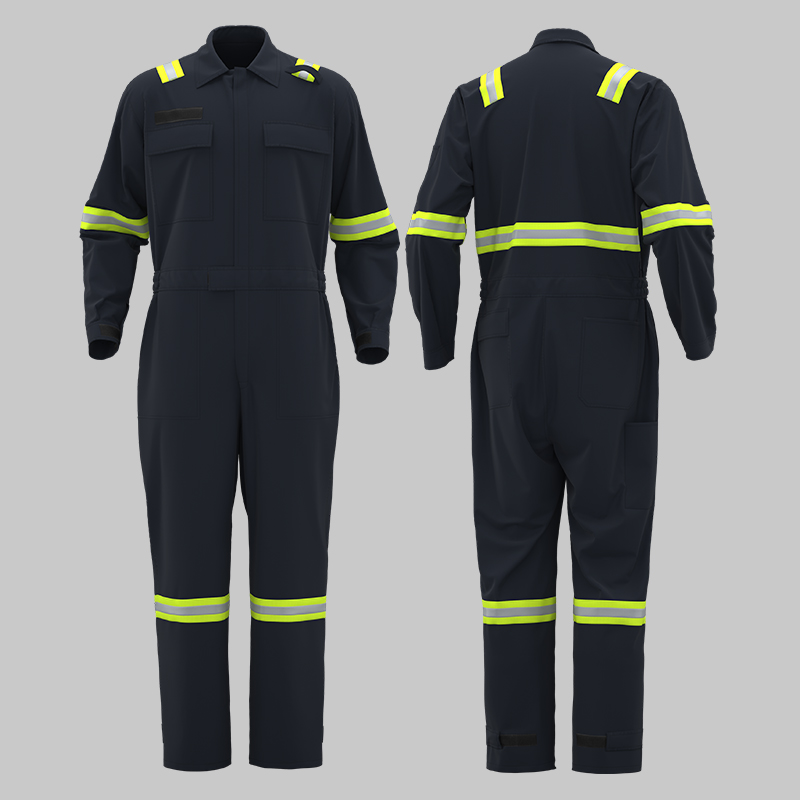
HI-VIS QM8057-2
-
-
Task Frequency:
-
Crawling/bending (e.g., under vehicles) → Coveralls prevent debris ingress.
-
Standing/bench work → Suits offer better ventilation.
-
-
Durability & Cost:
Metric Coveralls Suits Avg. Lifespan 12–18 months 18–24 months (pants wear faster) Cost/Set $20–$100+ $10–$100+ (jacket + pants) -
Worker Preference:
-
70% of mechanics in surveys prefer 2-piece suits for comfort and practicality.
-
Coveralls favored in extreme conditions (e.g., mining, waste management).
-
Hybrid Solutions & Upgrades
-
Bib Overalls + Jacket: Combines waist coverage with temperature flexibility.
-
Key Upgrades for Both:
-
Knee pad pockets (for crawling)
-
Stretch panels (arms, knees)
-
Anti-static/FR treatments (for electrical work)
-
Water-repellent finishes
-
Recommendation by Scenario
| Work Type | Best Choice | Why |
|---|---|---|
| Heavy-duty/fleet repair | Coveralls | Maximum protection from head-to-toe grime |
| Dealership/light service | 2-Piece Suit | Professional look + practicality |
| Mobile roadside assistance | Hi-Vis Coveralls | ANSI Class 3 visibility + full coverage |
| HVAC/electronics | FR Suit | Arc flash protection + modular comfort |
💡 Pro Tip: Let mechanics test both styles for a week. Comfort directly impacts productivity and safety compliance.
Bottom Line: For most auto shops, durable 2-piece suits strike the best balance. Choose coveralls only for specialized hazards or visibility needs. Always prioritize ANSI-certified fabrics, reinforced knees, and employer-paid laundering (OSHA mandates handling contaminated gear).
When choosing a uniform manufacturer, evaluate your needs. Then, choose a partner who shares your values. HAIYUAN stands out among many top manufacturers.
Choose HAIYUAN to ensure that you get durable and personalized uniforms. Meet the highest standards, enhance your company’s image and operational efficiency. Contact us now!

